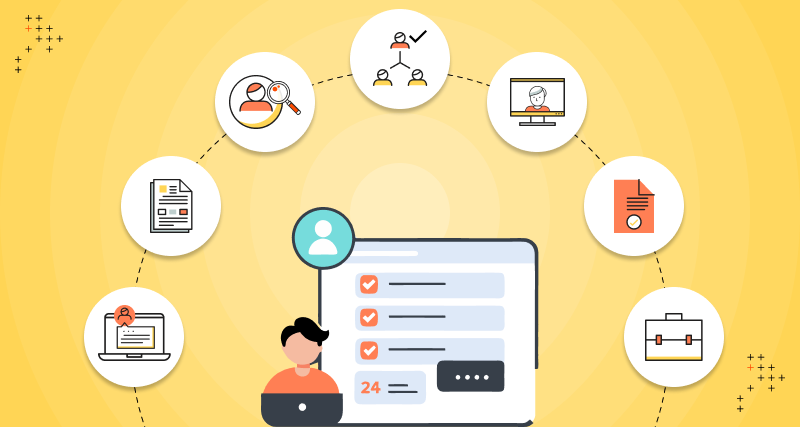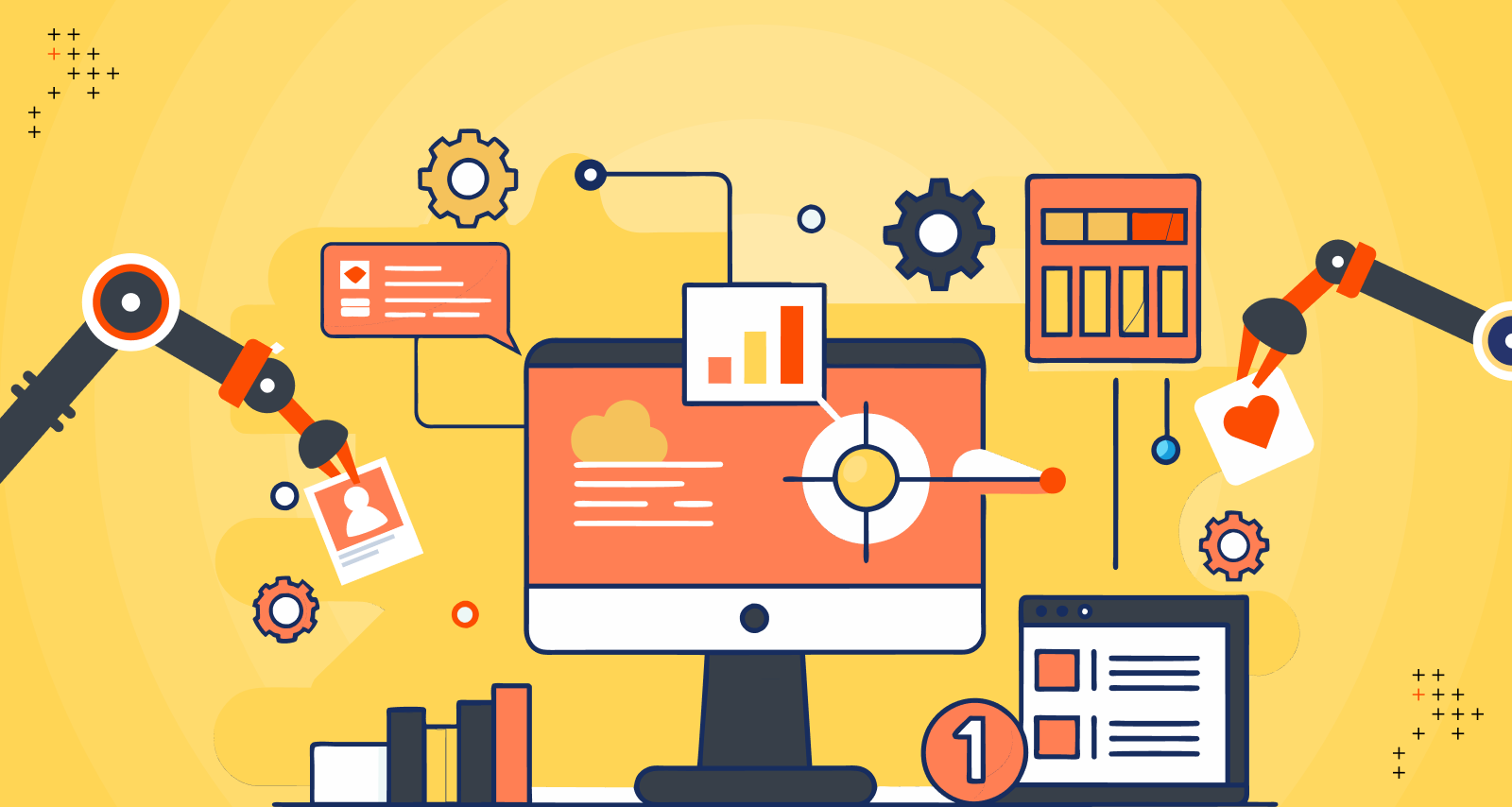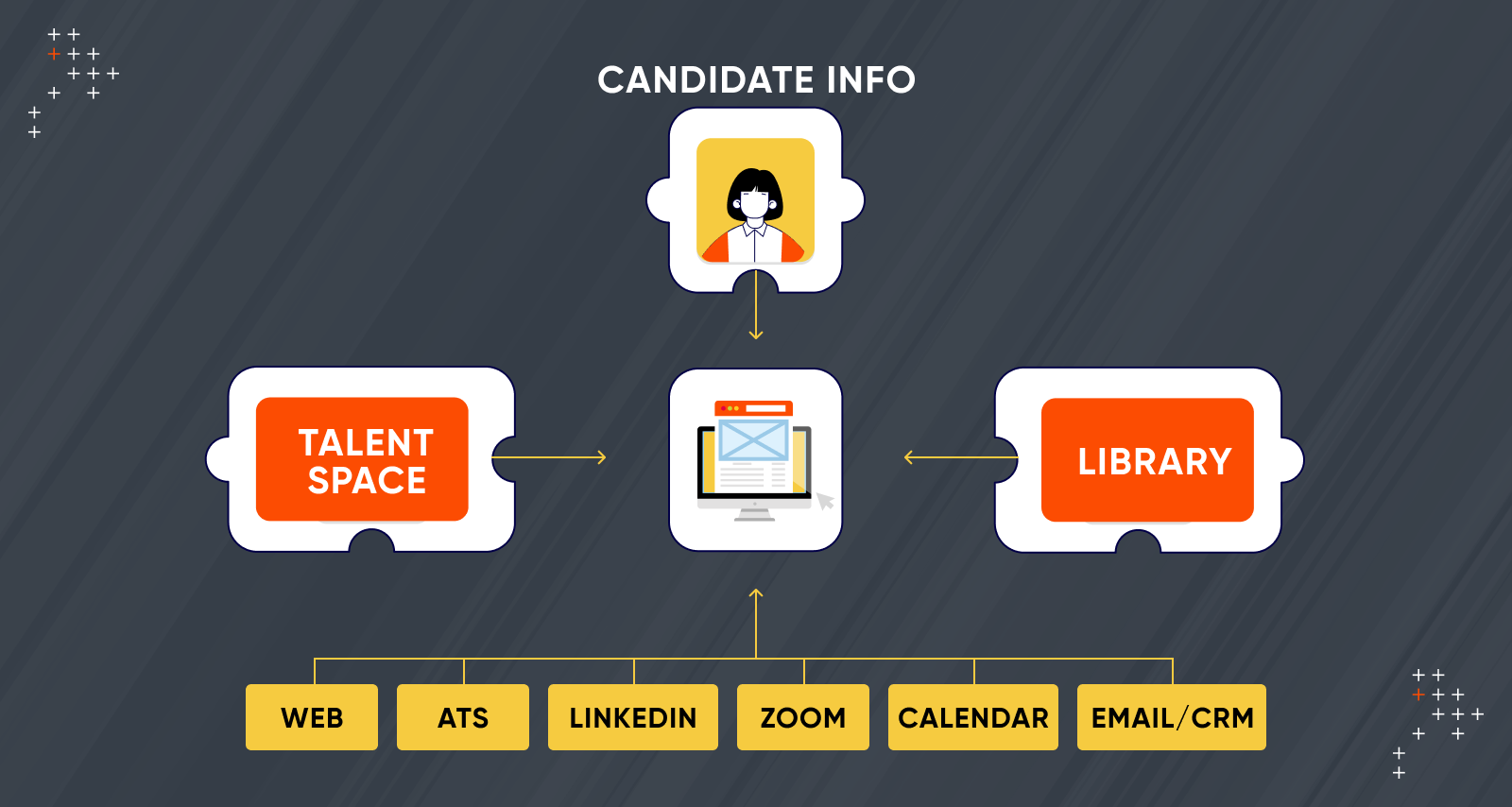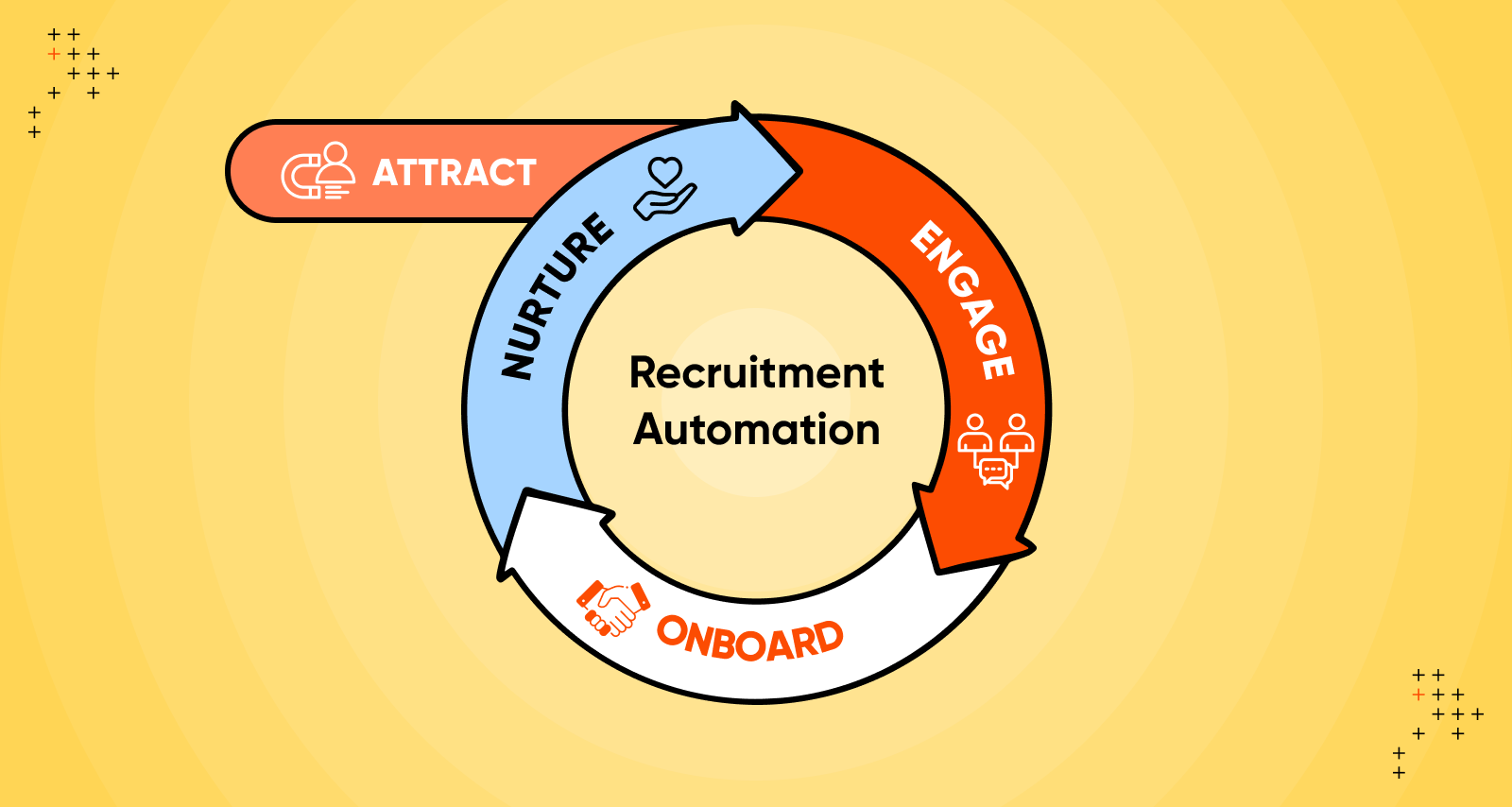The workplace has transformed, and so has recruitment. While the "new normal" may feel overused, it underscores an undeniable shift in how businesses attract, interview, and hire talent. To stay competitive, companies must evolve their recruitment strategies, embracing the power of intelligent automation.
Manual processes that once sufficed now impede scalability and efficiency. The future of recruitment calls for automation to ensure long-term business success.
Why Automation Matters Now
With 74% of professionals anticipating remote work to become permanent (Source: Gartner), businesses must adapt their recruitment processes to be scalable, efficient, and future-proof.
The Need For Automation In Remote Recruitment
Remote recruitment presents unique challenges, including:
- Managing candidates across multiple time zones.
- Maintaining real-time communication.
- Efficiently handling a high volume of applications.
Manual tasks like resume filtering, interview scheduling, and background checks cause delays.
Recruiters often spend up to 23 hours screening resumes for a single role, which becomes unsustainable as hiring needs grow.
The Case For Intelligent Automation
Automation alleviates these bottlenecks.
With recruitment automation, businesses report a 30-50% increase in hiring speed, enabling them to fill crucial roles faster.
Intelligent Automation handles resume filtering, interview scheduling, and communication and ensures compliance with data regulations. Companies that adopt automation speed up hiring and attract higher-quality talent. Here's how it works:
Long-Term Impact
Beyond speeding up recruitment, intelligent automation—especially AI-driven predictive hiring—has long-term benefits. It can predict cultural fit and future potential, helping build cohesive, high-performing remote teams where trust and collaboration are key.
For more insights on virtual recruitment read the blog.
Studies show that companies with diverse teams are 35% more likely to outperform competitors.
Scalability
Automation empowers businesses to scale recruitment efforts globally, even with limited resources. Automated job postings and real-time analytics increase visibility and optimize high-volume recruitment campaigns.
Reducing Bias
Automation reduces unconscious bias in hiring decisions. Predictive analytics focuses on success factors rather than subjective judgments, helping companies make data-driven hiring decisions.
To know how Intelligent Automation in turn fosters and environment of fairness read our blog on automated appraisal systems.
Organisations using AI in recruitment report a 25% reduction in biases. A notable example is IBM, which leveraged predictive analytics to improve hiring accuracy and retention.
Inclusive Tools
Recruitment automation enhances diversity efforts through tools that help craft inclusive job descriptions and screen resumes objectively. For instance, AI-powered platforms like Textio analyse job postings for biased language and suggest improvements to attract a more diverse pool of applicants.
Personalization in Automation
Automation doesn't eliminate the human touch. Chatbots and automated emails streamline communication, but personal interaction remains essential at key stages like interviews. Striking a balance allows automation to handle repetitive tasks while humans manage critical moments.
Streamlining Background Checks and Credential Verification
Automation extends beyond applicant tracking and communication. Blockchain technology, for example, streamlines background checks and credential verification, delivering nearly instant results with enhanced reliability.
Gamified Assessments and AI-driven interviews
Gamified assessments are changing how companies evaluate candidates. By testing problem-solving, teamwork, and adaptability, essential traits for remote work, these tools have improved hire quality by 25%.
AI-driven interviews analyse body language, tone, and emotional intelligence, crucial soft skills for remote team collaboration.
Case Study: Axelerant's Automation In Action
Axelerant's recruitment automation journey illustrates the tangible benefits of intelligent systems.
Initially, the company relied on tools like Zapier, Google Sheets, and Slack to manage candidate workflows. However, as recruitment demands grew, they needed a more scalable solution. Enter Make.com, which automates numerous stages of the recruitment process—from resume parsing to interview scheduling and KPI tracking.
Key outcomes of Axelerant's automation include:
- Streamlined workflows: Axelerant pinpointed inefficiencies in their recruitment system using process mining. Automation removed these bottlenecks, improving administrative efficiency by automating repetitive tasks such as data collection and interview scheduling.
Smart automation: Intelligent automation prioritizes recruiter tasks and streamlines application management, enhancing workflow efficiency and speeding up decision-making. - Advanced scenarios: Key recruitment tasks, like tracking inactive candidates and synchronizing data across platforms, were fully automated. Each scenario on Make.com was designed to handle specific recruitment tasks, optimizing the entire process.
These improvements resulted in:
- 60% faster time-to-hire: Automation allowed Axelerant's HR team to engage top candidates quickly, reducing recruitment delays.
- Increased job satisfaction: By automating low-value tasks, recruiters focused more on building relationships with candidates, boosting efficiency and job satisfaction.
- Data-driven recruitment: Automation enabled Axelerant to collect and analyze recruitment data, driving strategic decisions and long-term talent planning.
Overcoming Data Silos
A common obstacle in recruitment automation is the existence of data silos, where systems like Applicant Tracking Systems (ATS) and Customer Relationship Management (CRM) tools fail to integrate, limiting organisational visibility.
Axelerant tackled this by integrating data across platforms, unifying their recruitment system. This data synchronisation enabled real-time analytics and improved decision-making.
By connecting their ATS to multiple platforms, Axelerant ensured seamless access to candidate information and performance metrics across the organization, leading to faster hiring and stronger collaboration.
Read Axelerant's blog on Recruitment Data Integration and Automation.
Building For Scalability And Efficiency
As technology evolves, businesses must remain agile. While automation will continue to play a central role in recruitment, human oversight will remain critical to ensure quality and strategic decision-making.
We’ve transformed our customer service processes, reducing the time from sourcing to offering by 86%. This not only doubled job applications but also significantly improved hire quality. We also mitigated security risks by automating background checks and ensuring compliance through secure workflows.
Yet, while automation boosts efficiency, human intuition is key to maintaining quality in hiring decisions. The future of recruitment lies in balancing intelligent automation with human insight to keep businesses competitive in a global talent market. Book a consult with our IA team today!

Michael Cannon, Director of Intelligent Automation
Living remotely in Taiwan with 4 incredible sons, 3 playful cats, and one fiery partner. As Director of Intelligent Automation @Axelerant, they are dedicated to building trust in Axelerant as your go-to agency partner through their journey in #Automation, #Empowerment, and #Productivity.

 We respect your privacy. Your information is safe.
We respect your privacy. Your information is safe.



Leave us a comment